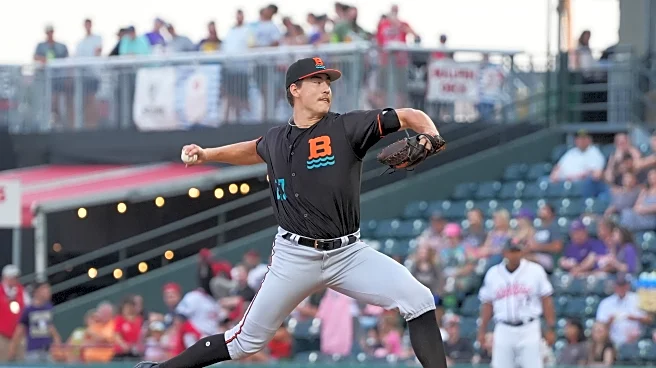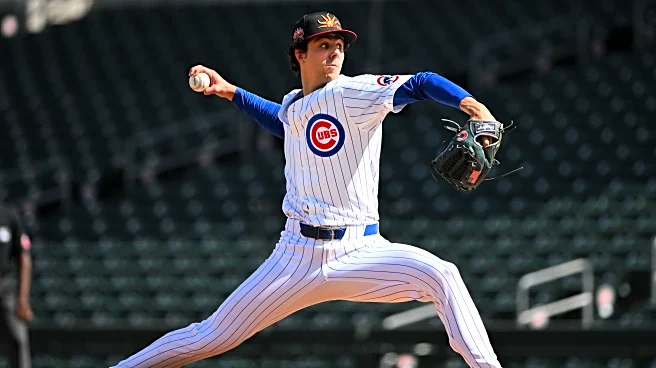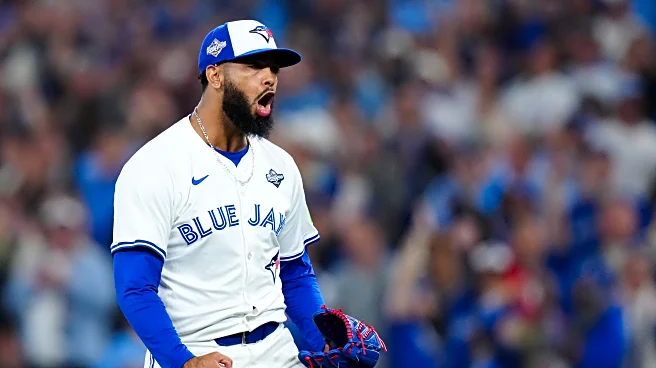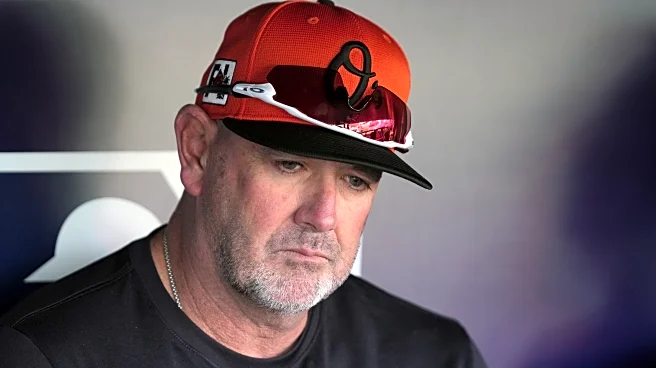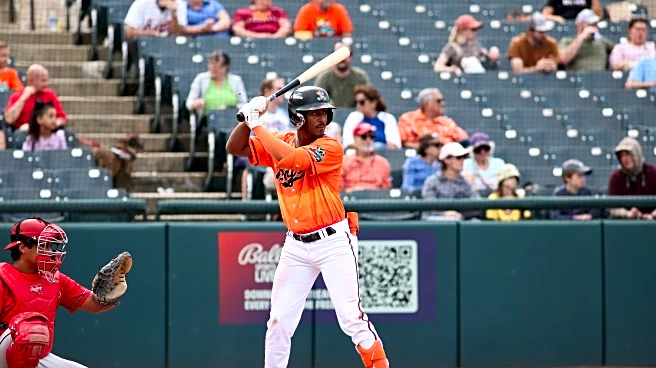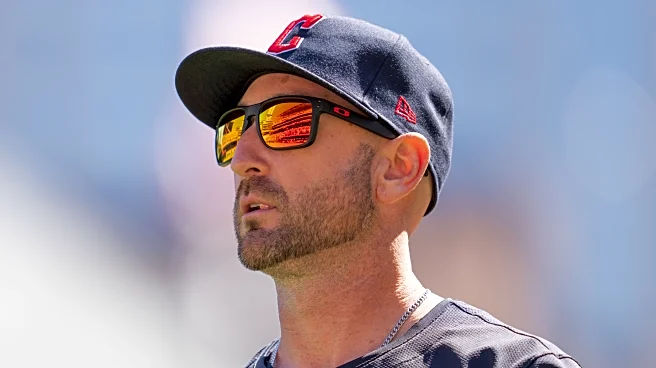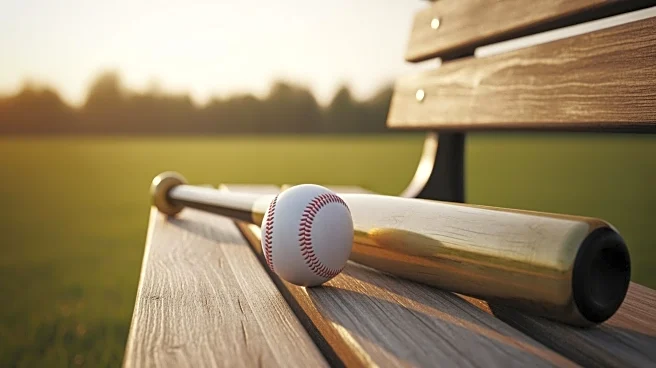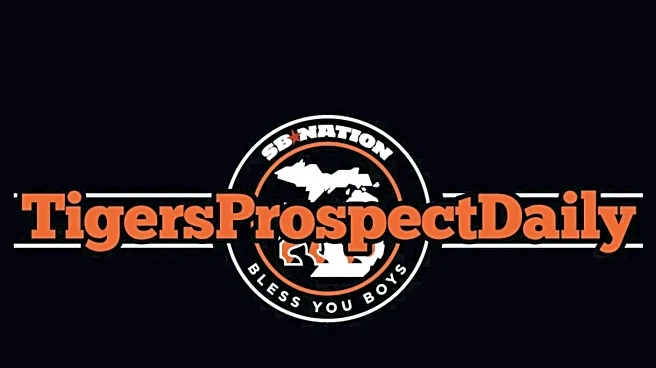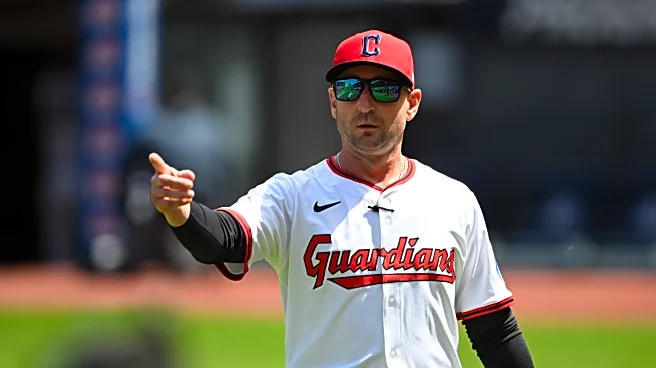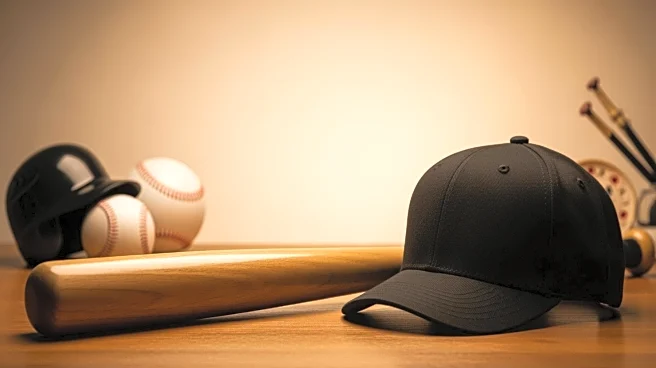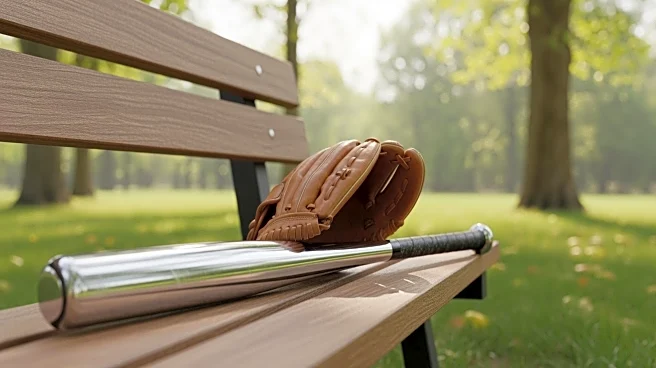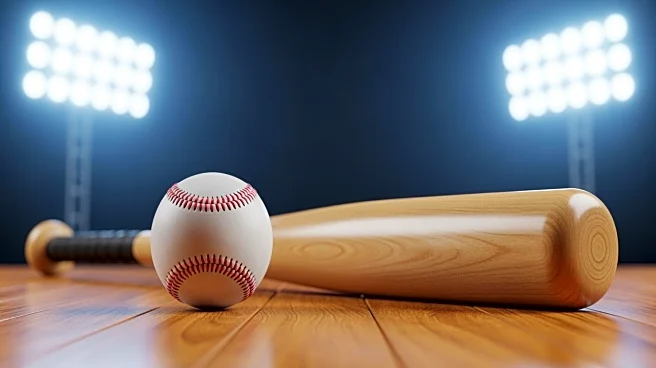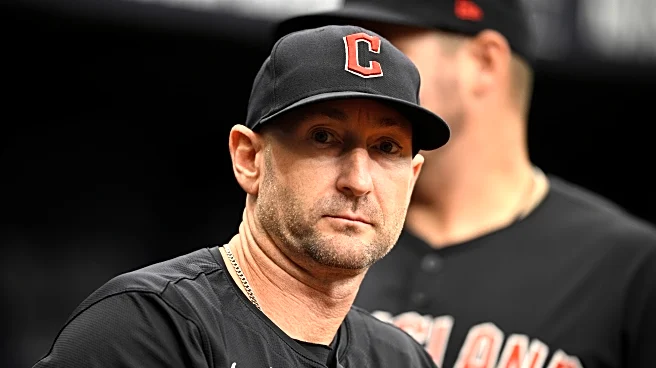It’s almost like Mike Elias and the Orioles front office are conducting a long-term experiment with their pitching program. They want to prove that it is possible for a team to build a competitive big league staff without the use of any high draft picks. If they can turn Trey Gibson in a force at the highest level they might just stop picking pitching altogether.
Gibson went undrafted out of Liberty University in 2023. That wasn’t entirely reflective of his talent. He had been poised to be selected
out of high school in 2020, but the shortening of the draft to five rounds helped push him towards college instead. At Liberty, he was good as a freshman (3.32 ERA over 65 innings), struggled as a sophomore (6.75 ERA over 56 innings), and then suspended as a junior. It is not publicly known why Liberty suspended him. But those transgressions, plus underperformance in 2022, led him to slip out of the 20-round draft entirely.
The 2024 season saw Gibson pitch at two levels. He began the year with Low-A Delmarva, where he had a 3.40 ERA, 81 strikeouts, and a .200 batting average against over 55.2 innings. That earned him a promotion to High-A Aberdeen. His performance wasn’t nearly as dominant there. Over 36.1 frames he collected 37 strikeouts, a .244 batting average against, and a 4.21 ERA.
That late-season work with Aberdeen wasn’t enough to earn him a level bump going into 2025. He started the year right back with the IronBirds and had a very minor league type of line. In his 38.2 innings, he struck out 67 and had a fine 1.19 WHIP. But he also gave up seven home runs. That led to his ERA ballooning to 5.12, a far cry from his 3.60 FIP and 1.95 xFIP. Gibson’s peripheral stats told a better story than his more superficial ones. He was worthy of a bump to Double-A.
The 23-year-old debuted with Chesapeake on June 7, tossing six innings in which he allowed one run and struck out eight. That was a harbinger of good things to come. Over 10 total starts at Double-A, Gibson had a 1.55 ERA, 2.20 FIP, and 11.69 strikeouts per nine innings. His home runs per nine (which were 1.63 with Aberdeen) were down to a minuscule 0.17 at Chesapeake.
This run at Double-A is what started to turn heads in the scouting world. Gibson inched his way up ranking lists, and his ceiling was being raised across the industry.
FanGraphs is the outlet that may be the highest on him. They have him as the second-best prospect in the Orioles organization (Samuel Basallo) and 53rd in all of baseball. Here is their rundown:
Gibson’s fastball has added four ticks of velocity since he last pitched at Liberty. He ripped 92-95 mph heaters past A-ball hitters in 2024, punching out 13 per 9 IP at Low-A before a mid-July promotion to High-A. He is a chiseled 6-foot-5 and powers way down the mound throughout his delivery, generating seven feet of extension. Gibson has successfully added a second breaking ball to his repertoire in the form of an upper-80s cutter, which he backdoors into the zone consistently. His best secondary is a knuckle curveball with big depth, and he can turn over a tailing changeup, which he uses against hitters of either handedness. Aside from a stab-y, relatively long and stiff arm action, Gibson looks the part of a big league starter athletically and mechanically, and he has four good pitches that all finish in different directions. In 2024, he threw starter-quality strikes, got an above-average rate of groundballs (59%), and sustained his stuff across just shy of 100 innings. He looks like a good roster’s no. 4/5 starter right now, but if the improvement Gibson showed in 2024 was the start of a continuous trend in his stuff, he’ll be more of an impact mid-rotation type.
Kiley McDaniel of ESPN released his revamped “Top 100” list at the end of August. It featured Gibson in the 95th spot in the sport. At MLB Pipeline, Gibson sits as the O’s 12th-ranked prospect, but they have yet to really update their lists. He is likely to jump up a few spots heading into 2026. He is ranked eighth in the organization by Baseball America.
The outlets that aren’t quite as high on Gibson seem like they want to see just a little more from him in terms of sustaining the stuff he showed this year before they go all-in on his outlook. Here is Pipeline’s overview:
It’ll be important to see how durable Gibson can be after adding velocity over the course of last year, but if he can prove health and build his workload, he has a chance to grow into a big league rotation piece. It’s also easy to see him emerging as a leverage reliever given his power stuff and swing-and-miss weapons, assuming they would play up in shorter stints.
To that point, Gibson did get a promotion to Triple-A in mid-August, a true test of his durability so late in the year. Unfortunately, it didn’t go great. Across seven starts, Gibson tossed 29.1 innings, had a 1.81 WHIP, and posted a 7.98 ERA.
Gibson’s only start with Norfolk that could be classified as “good” was his debut, where he tossed five shutout innings and allowed only one hit. He failed to pitch past the fourth inning in his next four outings, but then looked a bit better in his final two starts of the season, tossing 10.2 frames, and allowing six runs.
The outcomes in those Triple-A starts weren’t the most relevant data point for Gibson at this point in his development. It was more about acclimating him to a level that he is likely to spend plenty of time at in 2026. And it was to push his innings up. He finished the year with 120.1 innings, nearly 30 more than he threw in 2024.
If you want to dig into what makes Gibson’s stuff work, this write-up from Prospect Savant is worthy of your time. It includes a technical look at his offerings, quotes from Gibson following his first Triple-A start, and some more advanced modeling numbers that don’t typically get discussed in popular prospect analysis.
Gibson is on track to make his major league debut at some point in 2026. He will begin the year back in Norfolk, where he will be asked to refine his approach, maintain his stuff, and keep the ball in the park. There is no huge rush. He is not Rule 5-eligible until after the 2026 season, and the Orioles should ensure this winter that they have plenty of starting depth to allow Gibson develop at his pace. So far, his ascendance is a credit to his work ethic and the Orioles pitching program.
